Special Contents
Romen: Ina City's Unique Noodle Dish
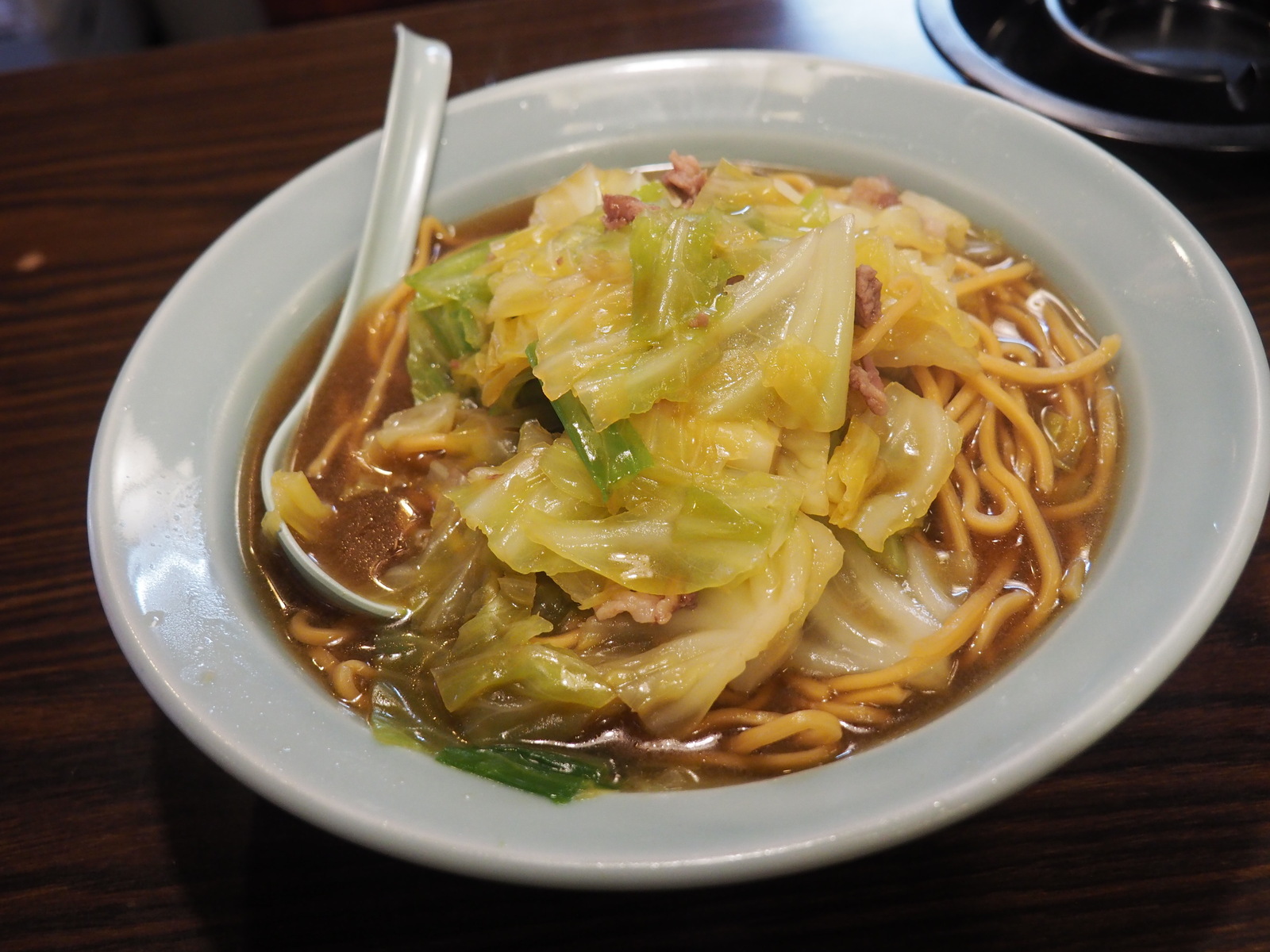
When in Rome, do as the Romens do
Ina City is a quiet little mountain town in central Japan. Driving out from the center of town it only takes a few minutes, in any direction, until you are surrounded by rice fields and views of the countryside. But in the compact town center, Ina City bustles with life. It is so vibrant that it is said to have the highest ratio of drinking spots to people in all of Japan. So, what do the people here eat after a night on the town?
Everyone knows that Japan goes crazy for ramen. It’s the dish of choice to finish off a night out drinking in Japan. But in Ina, romen is the dish to end a night on. Romen is a local dish unique to Ina City. Thick steamed noodles are served with mutton and cabbage. It can either be served in a broth, like ramen, or dry, like yakisoba. And though it comes out flavored and ready to eat, you can flavor your romen with a number of things. Romen sauce, garlic, vinegar, shichimi (Japanese spice mix), sesame oil, curry powder, and mayonnaise are all known to be added to the dish, often one step at a time, making your one dish into many as you eat it. It’s a hearty, authentically local experience and exactly what you need to keep hangovers at bay.
Everyone knows that Japan goes crazy for ramen. It’s the dish of choice to finish off a night out drinking in Japan. But in Ina, romen is the dish to end a night on. Romen is a local dish unique to Ina City. Thick steamed noodles are served with mutton and cabbage. It can either be served in a broth, like ramen, or dry, like yakisoba. And though it comes out flavored and ready to eat, you can flavor your romen with a number of things. Romen sauce, garlic, vinegar, shichimi (Japanese spice mix), sesame oil, curry powder, and mayonnaise are all known to be added to the dish, often one step at a time, making your one dish into many as you eat it. It’s a hearty, authentically local experience and exactly what you need to keep hangovers at bay.
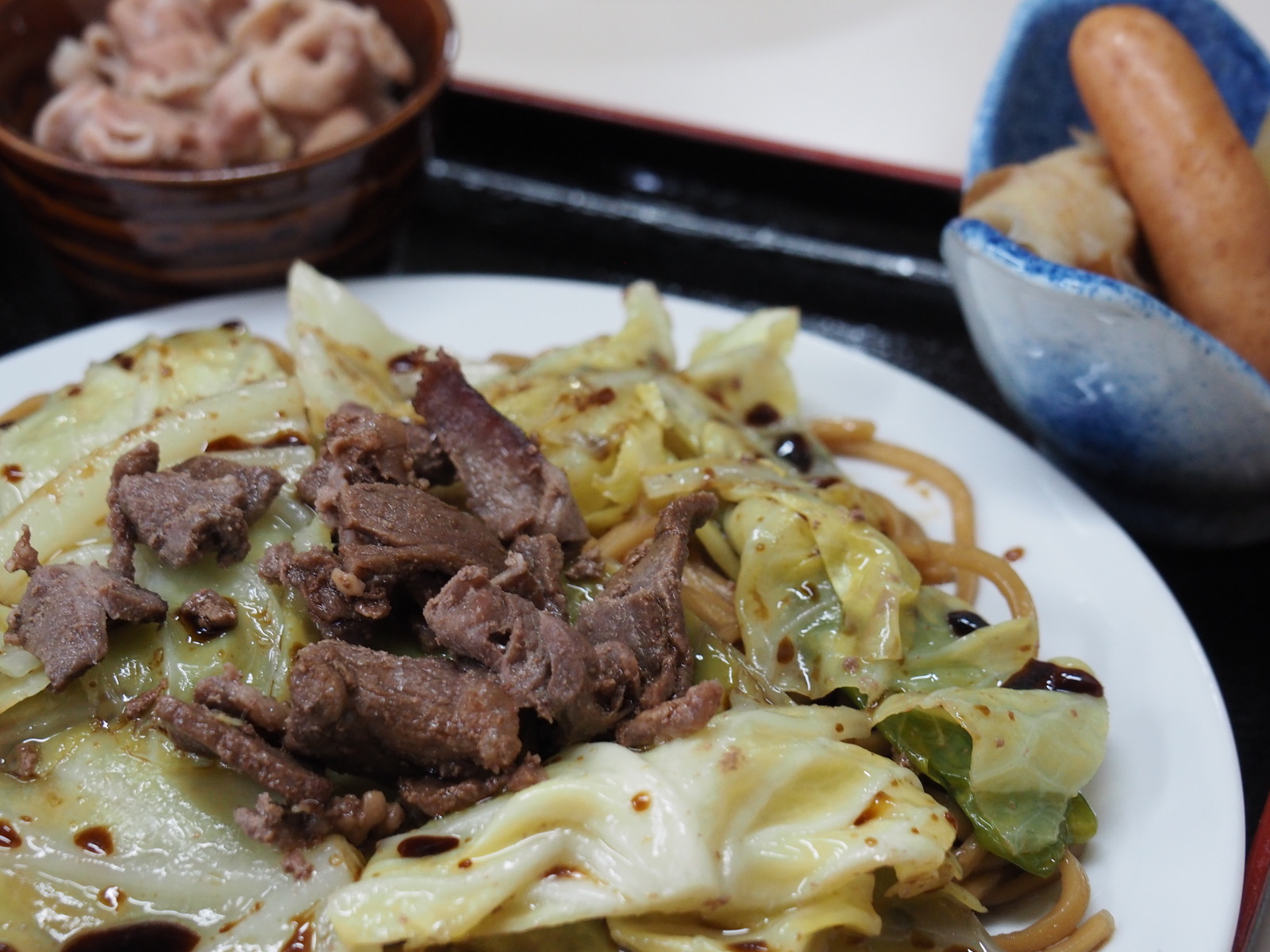 Yaki-soba style romen
Yaki-soba style romen
The History of Romen
The story of how romen came to be was quite a series of strange, and sometimes unfortunate, events. To understand it, let’s go through the ingredients one by one:
The noodles:
Around the 1950s, a man by the name of Waichi Ito was running a Chinese restaurant in a downtown area of Ina City. He didn’t have an electric refrigerator and struggled to keep his noodles fresh. A local noodle-producing company, Hattori Seimen, introduced Mr. Ito to a type of steamed noodle they made with a longer shelf life. And one piece of the romen puzzle had fallen into place.
The mutton:
Tragedy struck when a local sheep being farmed for wool stabbed an old lady with his horns. The injuries sustained led to the old lady’s death and the sheep was put down by a local butcher. The meat didn’t sell and the butcher, wanting to get rid of it, gave the mutton to Mr. Ito and his Chinese restaurant. Mr. Ito was at a loss. He wasn’t used to using mutton and didn’t know what to do with the copious amount he had just received. He consulted his regular customers. They suggested matching it with the steamed noodles.
The cabbage:
Finally, Mr. Ito added locally grown cabbage to the dish and voilà, romen was born.
The condiments:
The dish was a hit and its popularity spread through the town. Other restaurants started making their own versions of romen. Mr. Ito’s restaurant, Banri (萬里) served the noodles in a broth, ramen style. Another restaurant in town, Ushio (うしお) served their romen dry and stir-fried, yaki-soba style. As a new dish, there were no rules or preconceptions about how it should be eaten and people started to add all kinds of condiments to it. It eventually became commonplace to serve romen with a spread of condiments from a special romen sauce to vinegar, garlic to curry powder, the idea was for the chef to give the dish its base flavor and leave the rest of the flavoring to the customer.
The noodles:
Around the 1950s, a man by the name of Waichi Ito was running a Chinese restaurant in a downtown area of Ina City. He didn’t have an electric refrigerator and struggled to keep his noodles fresh. A local noodle-producing company, Hattori Seimen, introduced Mr. Ito to a type of steamed noodle they made with a longer shelf life. And one piece of the romen puzzle had fallen into place.
The mutton:
Tragedy struck when a local sheep being farmed for wool stabbed an old lady with his horns. The injuries sustained led to the old lady’s death and the sheep was put down by a local butcher. The meat didn’t sell and the butcher, wanting to get rid of it, gave the mutton to Mr. Ito and his Chinese restaurant. Mr. Ito was at a loss. He wasn’t used to using mutton and didn’t know what to do with the copious amount he had just received. He consulted his regular customers. They suggested matching it with the steamed noodles.
The cabbage:
Finally, Mr. Ito added locally grown cabbage to the dish and voilà, romen was born.
The condiments:
The dish was a hit and its popularity spread through the town. Other restaurants started making their own versions of romen. Mr. Ito’s restaurant, Banri (萬里) served the noodles in a broth, ramen style. Another restaurant in town, Ushio (うしお) served their romen dry and stir-fried, yaki-soba style. As a new dish, there were no rules or preconceptions about how it should be eaten and people started to add all kinds of condiments to it. It eventually became commonplace to serve romen with a spread of condiments from a special romen sauce to vinegar, garlic to curry powder, the idea was for the chef to give the dish its base flavor and leave the rest of the flavoring to the customer.
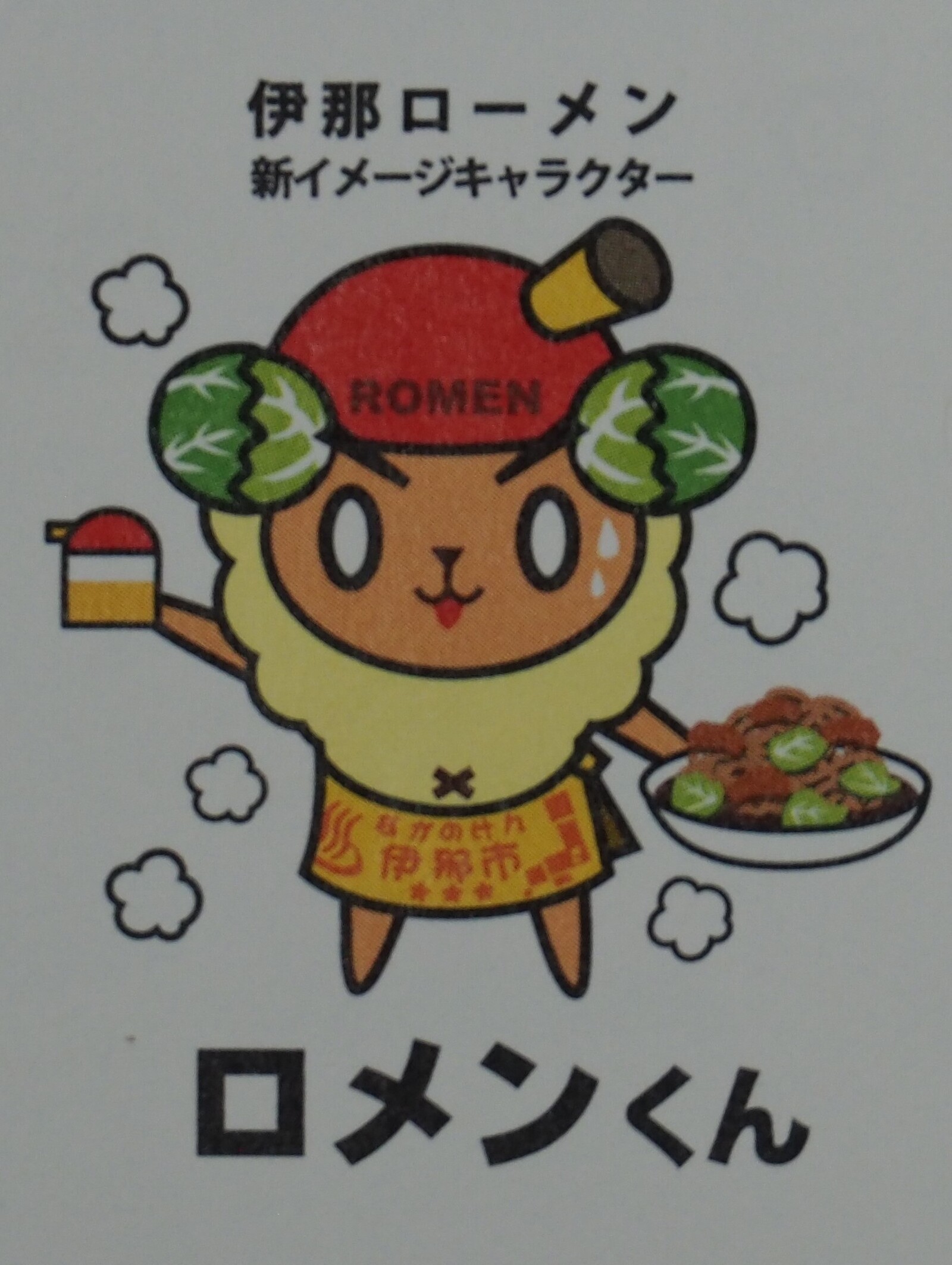 Romen-kun doing his/her thing
Romen-kun doing his/her thing
Romen Today
Of the 30 restaurants in Japan serving romen today, 28 are located in Ina City. The founding restaurants, Banri, Ushio, etc. are still in business, and Hattori Seimen still produces the steamed noodles used for romen at their local factory. The locals love it and are wildly proud of their dish. There’s a local fan club society known as the Romen’s Club and even a mascot sheep with cabbages for ears and a wok in his head known as Romen-Kun.
Why not come to Ina City and taste this piece of living history for yourself? Popping into Banri these days, Mr. Ito’s son-in-law, Mr. Baba now runs the shop. He keeps the place, and the taste of the romen, exactly as it was from the 1950s.
Why not come to Ina City and taste this piece of living history for yourself? Popping into Banri these days, Mr. Ito’s son-in-law, Mr. Baba now runs the shop. He keeps the place, and the taste of the romen, exactly as it was from the 1950s.
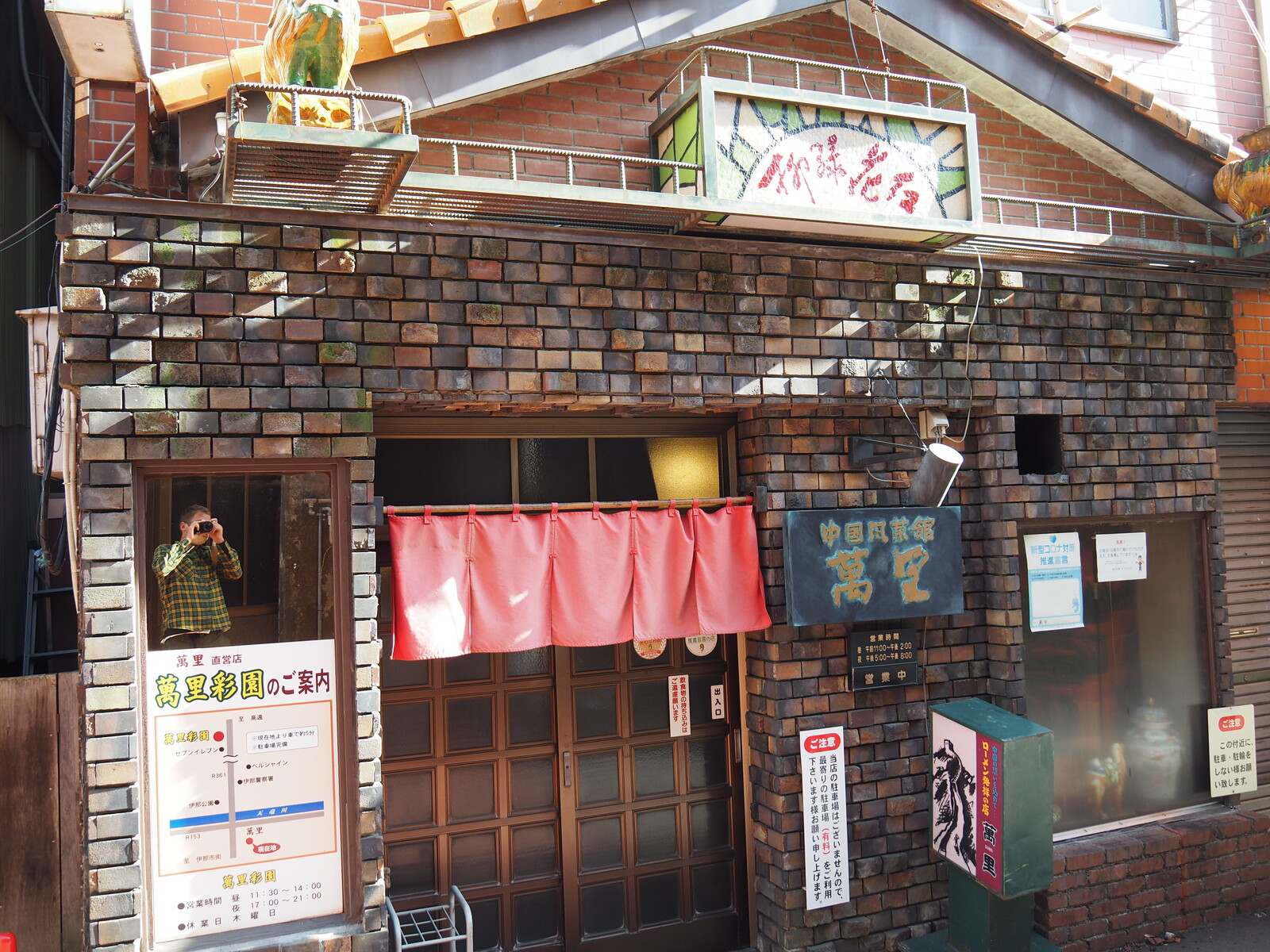 The original Romen restaurant, Banri.
The original Romen restaurant, Banri.
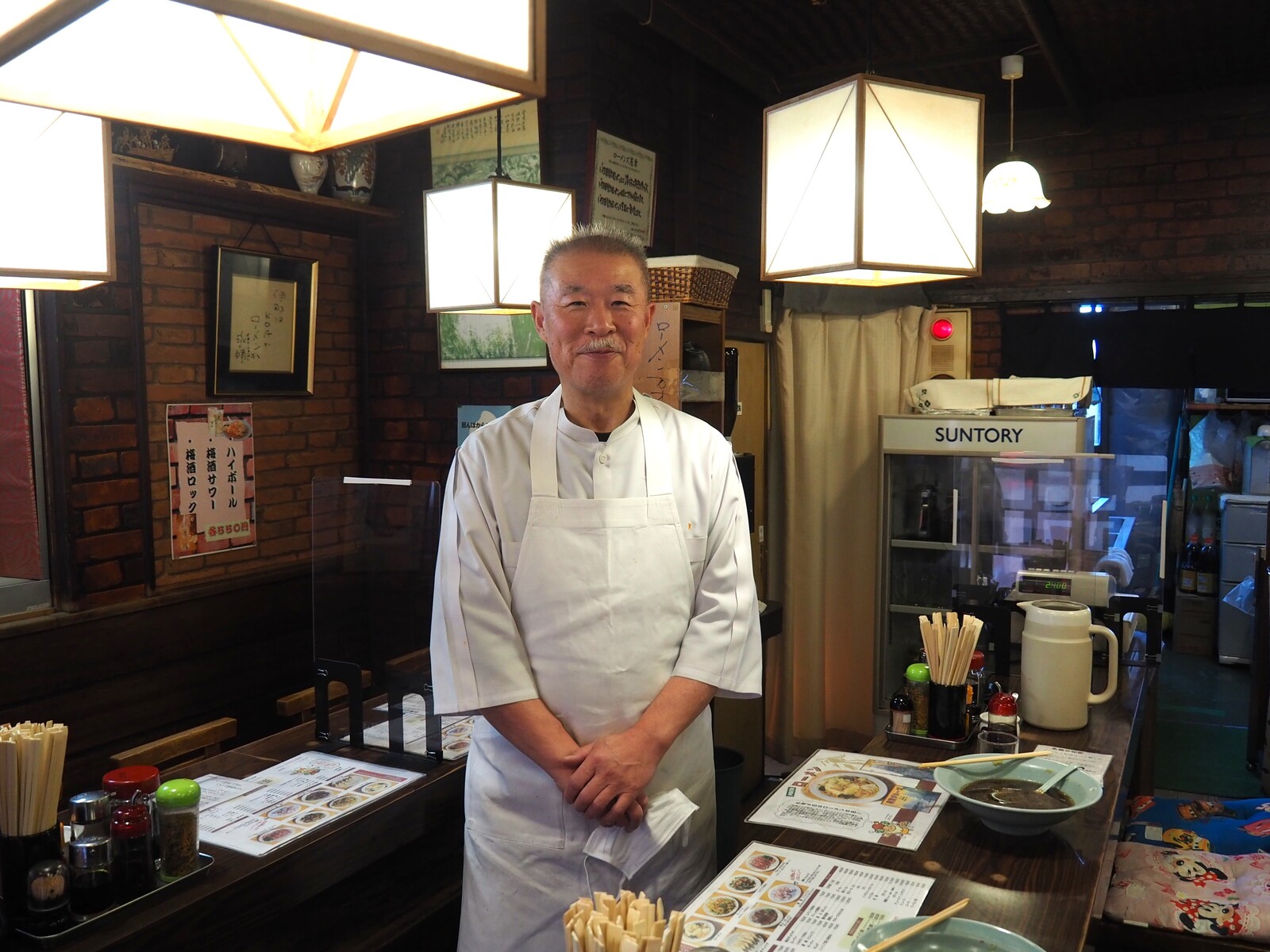 Mr. Ito's son-in-law, Mr. Baba inside Banri
Mr. Ito's son-in-law, Mr. Baba inside Banri
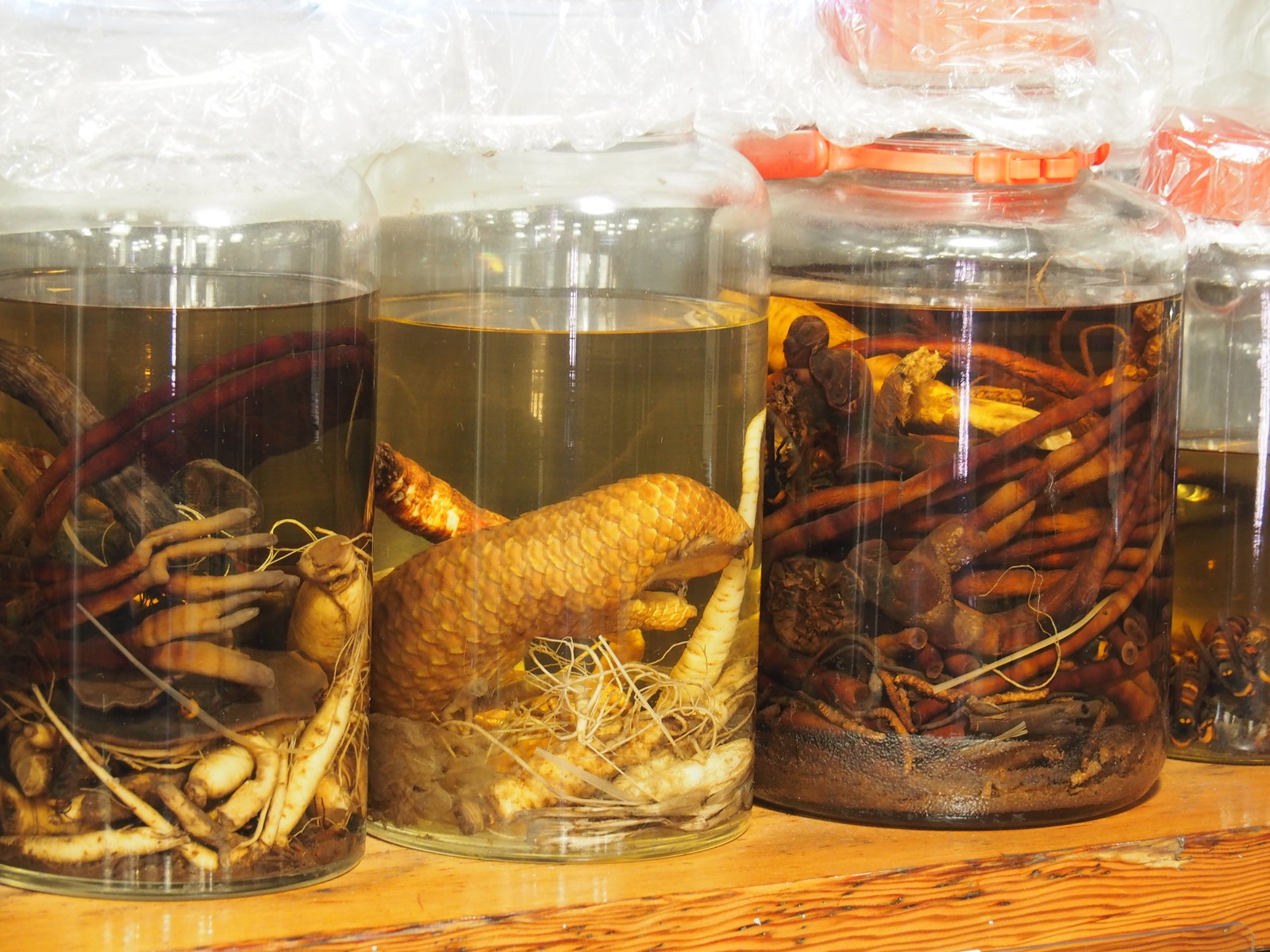 Chinese medicinal liquors also found in Banri
Chinese medicinal liquors also found in Banri
